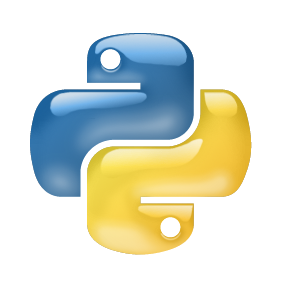Chain event graphs (CEGs) are a recent family of probabilistic graphical models that generalise the popular Bayesian networks (BNs) family. Crucially, unlike BNs, a CEG is able to embed, within its graph and its statistical model, asymmetries exhibited by a process. These asymmetries might be in the conditional independence relationships or in the structure of the graph and its underlying event space. Structural asymmetries are common in many domains, and can occur naturally (e.g. a defendant vs prosecutor's version of events) or by design (e.g. a public health intervention). However, there currently exists no software that allows a user to leverage the theoretical developments of the CEG model family in modelling processes with structural asymmetries. This paper introduces cegpy, the first Python package for learning and analysing complex processes using CEGs. The key feature of cegpy is that it is the first CEG package in any programming language that can model processes with symmetric as well as asymmetric structures. cegpy contains an implementation of Bayesian model selection and probability propagation algorithms for CEGs. We illustrate the functionality of cegpy using a structurally asymmetric dataset.
翻译:链条事件图形( CEGs) 是近代几近一系列的概率图形模型, 概括了流行的巴伊西亚网络( BNS) 。 与 BNs 不同, 关键是, 与 BNs 不同, CEG 能够在其图表和统计模型中嵌入一个过程所展示的不对称。 这些不对称可能存在于有条件的独立关系中, 或者在图形及其基本事件空间的结构中。 结构不对称在许多领域是常见的, 并且可以自然发生( 例如被告对检察官的事件版本) 或设计( 例如公共卫生干预 ) 。 然而, 目前没有任何软件允许用户利用 CEG 模型家族的理论发展来利用结构不对称的模型进程。 本文介绍了使用 CEGs 来学习和分析复杂进程的第一个 Python 软件包。 类比的主要特征是, 任何编程语言中的第一个 CEG 包可以模拟具有对称性和对称性结构结构设计( 例如, 公共卫生干预 ) 。 Qegpy 包含一个使用 Base 模型选择和 Werefremays 数据分析系统 的Syalim 的系统模型模型 。




